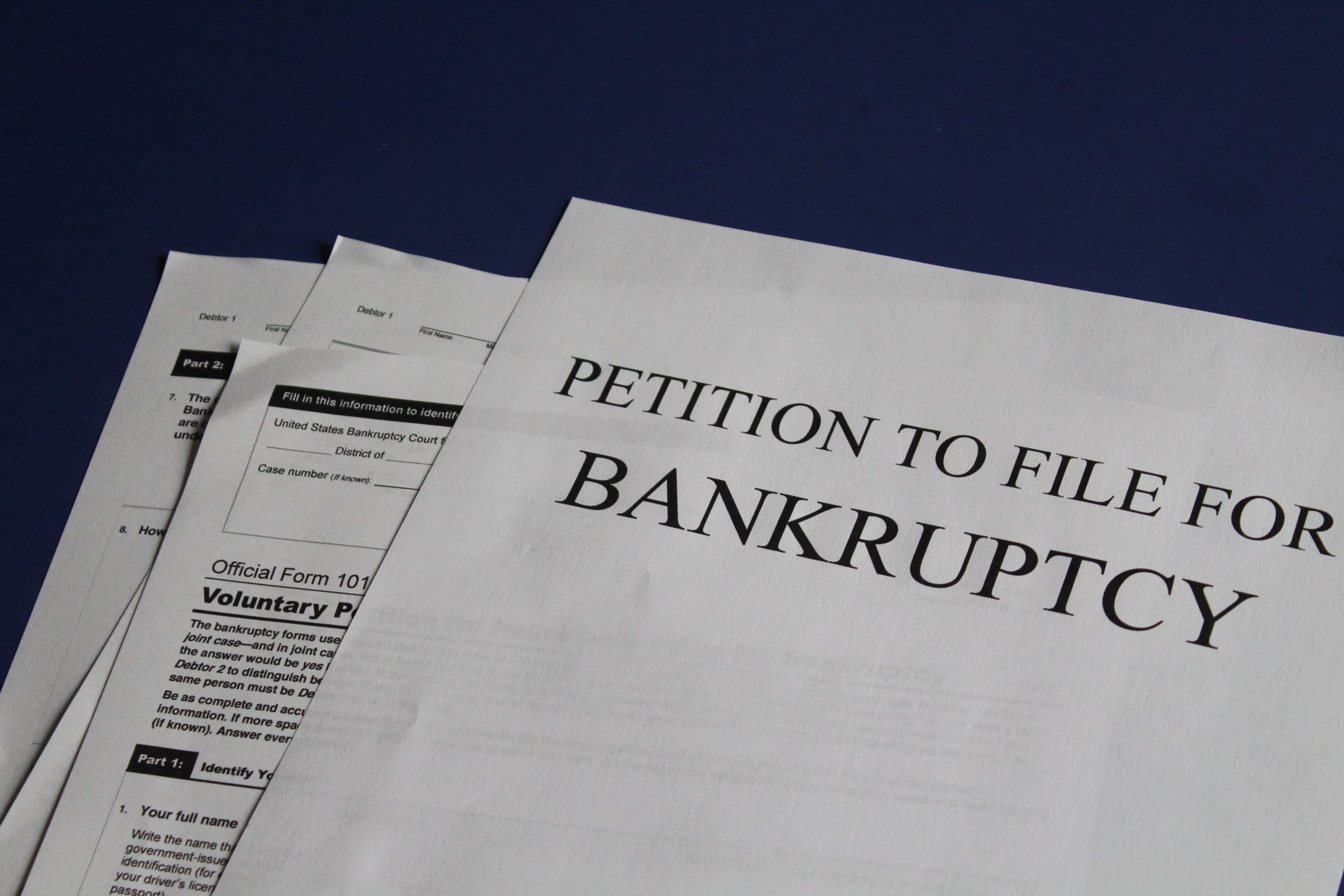

For most privately held businesses, owners’ compensation is one of the largest expenses on the income statement, especially when all the related perks and hidden costs are calculated. Compensation should accurately reflect what others would receive for similar duties in a similar setting. Reasonable compensation levels are important not only for state and federal tax purposes, but also to get an accurate estimate of the fair market value of the business.
Total Compensation Package
![]() Before compensation can be assessed as reasonable, all components of the package must be calculated, including:
Before compensation can be assessed as reasonable, all components of the package must be calculated, including:
- Direct salaries, bonuses and commissions,
- Stock options and contingent payments,
- Payouts under golden parachute clauses,
- Shareholder loans with low (or no) interest and other favorable terms,
- Company-owned or leased vehicles and vehicle allowances,
- Moving and relocation expenses,
- Subsidized housing and educational reimbursements,
- Excessive life insurance or disability payments, and
- Other perks, such as cafeteria plans, athletic club dues, vacations and discounted services or products.
In addition, owners’ compensation may be buried in such accounts as management and consulting fees, rent expense and noncompete covenants.
IRS Guidance
The IRS has published a guide titled, “Reasonable Compensation: Job Aid for IRS Professionals.” IRS field agents use this guide when conducting audits to help determine what’s reasonable and how to estimate an owner’s total compensation package.
The IRS is on the lookout for C corporations that pay employee-shareholders excessive salaries in place of dividends. This tactic lowers the overall taxes paid, because salaries are a tax-deductible expense and dividends aren’t.
Owner-employees of C corporations pay income tax on salaries at the personal level, but dividends are subject to double taxation (at the corporate level and at each owner’s personal tax rate). If the IRS decides that a C corporation is overpaying owners, it may reclassify part of their salaries as dividends.
For S corporations, partnerships and other pass-through entities, the IRS looks for businesses that underpay owners’ salaries to minimize state and federal payroll taxes. Rather than pay salaries, S corps are more likely to pay distributions to owners. That’s because distributions are generally tax-fee to the extent that the owner has a positive tax basis in the company.
The IRS job aid lists several sources of objective data that can be used to support compensation levels, including:
- General industry surveys by Standard Industry Code (SIC) or North American Industry Classification Systems (NAICS),
- Salary surveys published by trade groups or industry analysts,
- Proxy statements and annual reports of public companies, and
- Private company compensation reports such as data published by Willis Towers Watson, Dun & Bradstreet, the Risk Management Association or the Economic Research Institute.
“Reasonable and true compensation is only such amount as would ordinarily be paid for like services by like enterprises under like circumstances,” states the IRS job aid.
Compensation Benchmarks
Beyond IRS audits, the issue of reasonable compensation may become an issue in shareholder disputes, marital dissolutions and other litigation matters. When valuing a business for these purposes, a company’s income statement may need to be adjusted for owners’ compensation that is above or below market rates.
Courts often rely on market data to support owners’ compensation assessments. But it can be a challenge to find comparable companies — and comparable employees within those companies. The five areas that courts consider when evaluating reasonable compensation are:
- The individual’s role in the company,
- External comparisons of the salary with amounts paid to similar individuals in similar roles,
- Character and condition of the company,
- Potential conflicts of interest between the individual and the company, and
- Internal inconsistency in the way employees are treated within the organization.
Owners can control compensation, and that creates an inherent conflict of interest when estimating what’s reasonable. External comparisons are key to supporting compensation levels. Business valuation experts typically interview owners to get a clearer picture of their experience, duties, knowledge and responsibilities.
Get It Right
For more information about reasonable owners’ compensation, please contact the business valuation professionals at Advent Valuation Advisors. We can help estimate total compensation levels, find objective market data and adjust deductions that are above or below market rates.



 Buyers are most interested in an acquisition target’s core competencies, and they usually prefer a clean, simple transaction. Consider buying out minority investors who could object to a deal and removing nonessential items from your balance sheet. Items that could complicate a sale include underperforming segments,nonoperating assets, andshareholder loans.
Buyers are most interested in an acquisition target’s core competencies, and they usually prefer a clean, simple transaction. Consider buying out minority investors who could object to a deal and removing nonessential items from your balance sheet. Items that could complicate a sale include underperforming segments,nonoperating assets, andshareholder loans.



 Ambiguous or outdated buy-sells can cause problems when it’s time for a buyout. For example, an agreement containing undefined valuation terminology — such as “earnings” or “value” — may be subject to different interpretations.
Ambiguous or outdated buy-sells can cause problems when it’s time for a buyout. For example, an agreement containing undefined valuation terminology — such as “earnings” or “value” — may be subject to different interpretations.
 Business valuation is a prophecy of the future. That is, investors typically value a business based on its ability to generate future cash flow. However, with so many uncertainties in the current marketplace, forecasting expected cash flow can be challenging.
Business valuation is a prophecy of the future. That is, investors typically value a business based on its ability to generate future cash flow. However, with so many uncertainties in the current marketplace, forecasting expected cash flow can be challenging.









 Price is specific to an individual buyer and seller. It’s the amount of cash (or its equivalent) for which anything is bought, sold or offered for sale. It requires an offer to sell, an acceptance of that offer and an exchange of money (or other property). Some strategic or financial buyers may be willing to pay more than others because they can benefit from economies of scale or synergies that aren’t available to all potential buyers.
Price is specific to an individual buyer and seller. It’s the amount of cash (or its equivalent) for which anything is bought, sold or offered for sale. It requires an offer to sell, an acceptance of that offer and an exchange of money (or other property). Some strategic or financial buyers may be willing to pay more than others because they can benefit from economies of scale or synergies that aren’t available to all potential buyers.